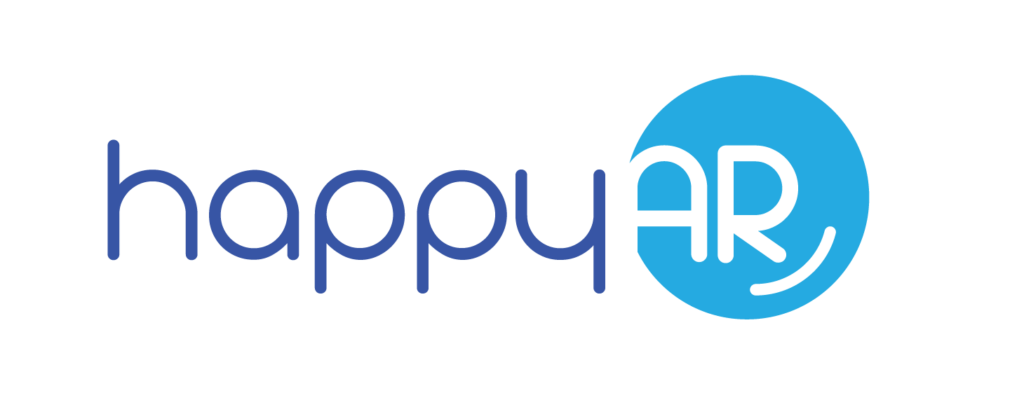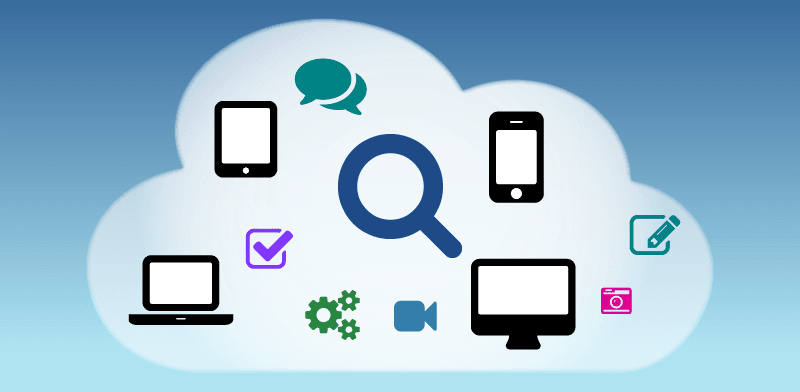As a small business owner, managing accounts receivable should rank among your top priorities. By managing receivables properly, you’ll have easier access to cash, greater liquidity in your business, and improved relationships with your clients.
Unfortunately, this isn’t the case for many small businesses. According to one recent report, the average business loses $84,000 each year in unpaid invoices. Late payments and unpaid invoices can cripple your cash flow and put your company in financial jeopardy.
However, you can improve your accounts receivable process by implementing a few basic strategies, which we’ll cover below.
What Is Accounts Receivable Management?

First, it’s important to understand our terms. Accounts receivable (AR) refers to any money that your clients owe your company. This is in contrast to accounts payable, which refers to money your company owes to others, such as vendors or suppliers.
Accounts receivable management refers to a whole series of processes that you use to manage your invoicing process. This can include:
- Invoicing and billing procedures
- Payment processing
- Communication with customers
- Your collection process
How you handle your accounts receivable process depends largely on the size of your company, the number of employees that can share the responsibility, your industry, and your own internal policies.
The Benefits of Healthy Cash Flow

Your company can only thrive when you have enough working capital to meet your obligations and invest in your core business processes. Proper cash management depends on your invoicing process, as well as your accounts receivable management.
Unpaid invoices not only negatively impact your cash flow, but the time-consuming task of collecting payment can divert your team’s attention away from your core business processes + growth efforts.
Your best strategy to avoid this is to devise an accounts receivable process that is prompt, accurate, and easy for you and your valued customers. The goal with any accounts receivable strategy should be to increase payment speed, decrease employee hours needed for those collections, and do all of it while making sure your customers stay happy and continue working with your company.
How to Manage Accounts Receivable

How can you streamline your accounts receivable process? The following tips represent some of the best practices in the industry and can potentially transform the way you do business.
Tip 1: Learn Your Metrics

Before you make any actual adjustments, it will be helpful to examine a few basic metrics to help you gauge your company’s financial health before deciding how you should be managing receivables.
You should start with your day’s sales outstanding (DSO) figures. This number reveals the average amount of time it takes to collect payment. Ideally, this number should be less than 30 days, though many companies aim for a DSO number that’s even lower.
Another important metric is your accounts receivable turnover ratio. Your receivable turnover ratio illustrates how quickly you’re collecting money from your clients, it basically measures your efficiency of collections.
To calculate this figure, use the following formula:
(net annual credit sales) / (average accounts receivables) = accounts receivable turnover
The lower the number, the better. A ratio of 10 or above indicates you have a lot of uncollected revenue that hasn’t been accounted for.
These metrics can help you make better sense of your financial statements, which can also be useful in your company’s financial forecasting. These figures provide some starting points for developing your receivables strategy and focusing on what areas you need to improve on.
Tip 2: Use an Electronic Invoicing System For Managing Receivables.
Sending an electronic invoice is the fastest and most accurate way to bill your clients. One of the primary reasons that customers pay their invoices late is that their initial invoice contains errors. Worse, each paper invoice costs an average of $53.50 to fix, which can take a significant bite out of your revenue.
Invoicing software helps to minimize the kinds of errors that creep in from data entry. It also ensures that your clients receive an invoice that matches their records, as well as any initial estimates, if applicable.
Another crucial benefit of an electronic invoicing platform is that it allows you to send invoices almost instantly. The faster you send your bill, the faster you can get paid.
Unless mandated by your customer, electronic invoices are the most efficient way to send invoices and receive fast payments. We recommend using an invoicing platform like QuickBooks or Bill.com.
Tip 3: Establish a Clear Due Date and Payment Terms

Your invoices should communicate a clear due date. Generally, you’ll want to aim for a date of 2 weeks to 30 days after the date of the initial invoice. Some companies will do “due on receipt” for invoices, especially down-payment invoices. This essentially means payment is due when the customer receives the invoice.
Additionally, you’ll want to specify any payment terms, such as late fees or interest, that may apply to outstanding invoices. Again, the exact terms are up to you, but many companies assess a 10% to 15% fee for invoices that are not paid within 30 days.
Late penalties may sound harsh, but they can also be a deterrent against companies putting your invoice aside. Communicating clear payment terms can ensure that you receive your money by the due date.
Tip 4: Provide Electronic Payment Options
Your clients may be more willing to pay their bills promptly if you offer multiple payment methods. You’ll receive your money faster if you offer electronic payment options. There is very little upside in collecting payments via check. With constant mail delays, paper processing, and signatures required, electronic is the way to go in 2021.
These payment methods can include credit cards, debit card payments, and automated clearing house (ACH) payments, which ensure you receive your money more rapidly than if a customer simply mails a paper check. Some companies also offer payment through Paypal, Stripe, and now even cryptocurrency. The more efficient options you provide your customer the better the chances are they will pay faster.
Tip 5: Offer a Payment Plan

Depending on the nature of your business, you may consider offering a payment plan. Larger projects or orders can be broken down into smaller portions, which may encourage your customers to commit to making regular payments.
Granted, this will mean that you won’t receive your full payment until the invoice is paid in full, but it will at least give you more regular access to your company’s cash flow.
Tip 6: Offer Discounts for Early Payment
If unpaid invoices are a frequent problem for your company, you might consider offering a small discount when customers pay their bills within two weeks or less.
By offering a 10% discount, you can get faster access to your cash, which can be more valuable than if you’d waited for the full amount a few weeks later.
Tip 7: Automate Your Payment Reminders
The right invoicing software will let you automate your communications with your clients, allowing you to send form emails with your invoices or thank them for their business once payment has been received.
But perhaps most crucially, you can send automated payment reminders to your clients, letting them know that their payment is expected by the established due date.
Statistically speaking, nearly half (48%) of American companies delay making payments. Managing receivables by using follow-up payment reminders can prompt your clients to pay their bills promptly. Some clients may even appreciate the reminder to keep their accounts in good standing!
What About When You Can’t Collect? Sell Your Past Due Accounts
What happens when your accounts are extremely past due? At this point, your only recourse is to sell these debts to a collection agency or receive a loan against your client from a factoring service. You won’t receive the full amount, but at least you’ll be able to avoid a total loss from that client.
Write Off Bad Debt

Thankfully, the IRS allows businesses to write off bad debt when they file income taxes. Any debt that’s been in your books for more than 60 to 90 days can qualify for a write-off, though you may be asked to provide proof of past efforts to collect this debt from your clients.
The Best Tools for Managing Accounts Receivables

Your accounts receivable process can actually benefit from many tools, such as your accounting system and electronic invoicing system. The best tools will integrate with one another, providing an all-in-one software platform that can be used to perform tasks such as:
- Sending electronic invoices
- Collecting online payments
- Sending automated payment reminders
- Tracking financial data and customer data
The right tools can streamline every aspect of your accounts receivable process, allowing you and your staff to focus on growing your core business.
HappyAR: Automate Your Accounts Receivable

According to the Federal Reserve Bank of Philadelphia, paper bills will be completely obsolete by 2026. Is your business prepared to go completely paperless?
An electronic platform can help you manage your accounts receivables and streamline your financial processes. HappyAR provides an innovative solution that helps you manage your invoice follow-up and get paid faster with less effort.
Plus, our software offers integrations with many of today’s most popular accounting solutions such as QuickBooks and Bill.com
Sign up today for a free trial and see how you can prepare for the future of business with HappyAR.

